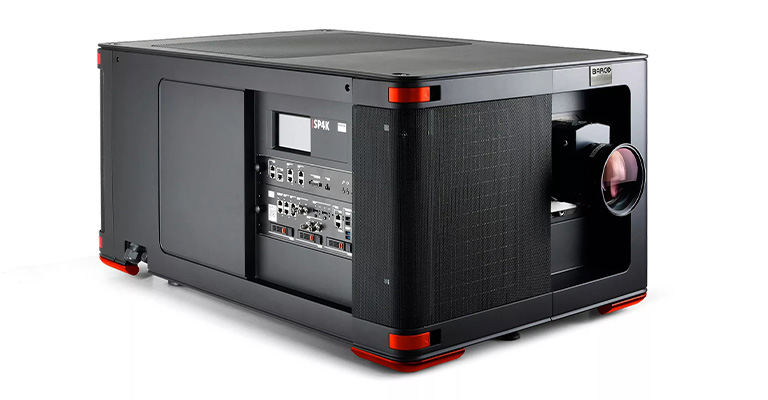ANSI vs. sequential contrast: it’s not just black and white!
The importance of ANSI contrast ratio and HDR in cinema
In any visualization system, the contrast ratio is one of the key parameters that define image quality. A metric for comparing the brightest whites to the darkest blacks in the image, you could say that a good contrast ratio truly adds depth to the image. A low contrast ratio makes an image look washed out. Details as well as the artistic intent get lost. This is true for direct view displays as well as for projectors.
With the interest for HDR growing in cinema, so has the importance of a properly specified contrast ratio. When evaluating and interpreting “the contrast ratio” of a cinema projector, it is important to know that both sequential and ANSI contrast exist. The former is the easiest to measure (on site) and therefore the most frequently used by manufacturers and integrators.
“The ANSI contrast ratio is a much more representative metric because it considers measurement conditions and shows a better correlation with the perceived contrast of the moviegoing audience.”
Tom Bert, Senior Product Manager Cinema for Barco
Cinemas Gaumont Pathé in Paris, France is home to a Barco Laser High Contrast projector featuring the ideal ANSI contrast ratio and the EclairColor HDR technology. Watch the video where Sévrine Breil, Regional Director for Cinemas Gaumont Pathé shares her impressions on the enhanced image quality and reliability of the High Contrast projector.











